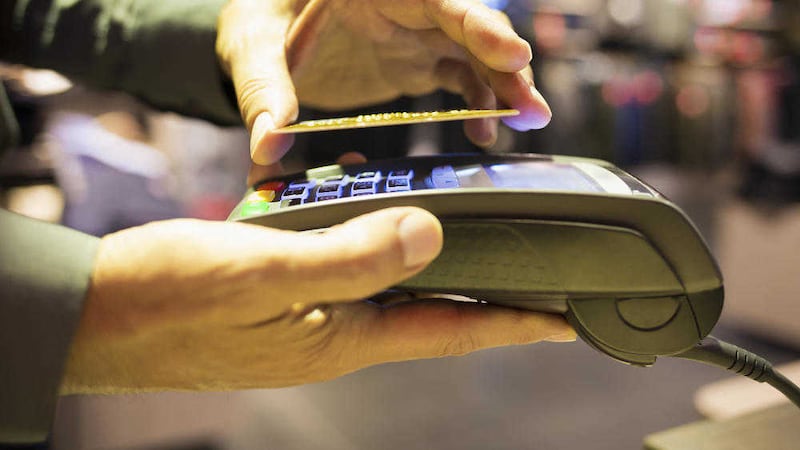THIS year has witnessed the real beginning of payments being made via mobile devices with almost all manufacturers releasing devices featuring near field communications (NFC).
NFC enables short range wireless communication between compatible devices. This requires at least one transmitting device, and another to receive the signal. For example, this could be between a mobile phone and a second mobile phone or a payment terminal.
While NFC enables wireless communication between a variety of devices, such as sending images or videos, it is in the area of payments that people are really starting to realise the benefits. It has been predicted that in 2015 about 10 percent of the base of smartphones worldwide will be used to make an in-store payment at least once a month, compared to less than half a percent of approximately 450 million smartphones in mid-2014.
One of the biggest benefits when using mobile payment is convenience. People currently leave home with their purse or wallet and their smartphone, however users of mobile payment can leave their money behind. For many, a purse or wallet is only used to hold bank cards and cash but mobile payment removes the need for these.
The main barrier for the adoption of mobile payments is security with 42 per cent of all mobile phone users claiming this is the main reason for not using it.
Yet, making contactless payments is very secure, thanks to the combination of fingerprint readers and superior technology which means that the phone does not need to transfer credit card details when the payment is made. It’s worth bearing in mind that these extra security measures are not in place when making payments via contactless cards.
Contactless payment is constantly evolving and the world’s first NFC ring has recently been launched. Users can now make payments anywhere in the world that displays the contactless payment symbol with the touch of their hand.
Some businesses have introduced alternative ways of using NFC such as replacing building access cards and door pins codes with employees’ mobile devices. This enables businesses to keep track of who has accessed where and when, eliminating the need of key cards and ensuring ex-employees don’t have access to the building once they leave the company.
With developments like mobile payment, mobile devices are continuing to become increasingly integral in the day-to-day running of modern businesses.
However, organisations should always take into consideration the new security measures required to support new technology to ensure their business is not at risk.
:: Eric Carson is director of Rainbow Communications and can be contacted via www.rainbowcomms. com. Rainbow Communications can also be followed on Twitter - @ Rainbow_Comms.








